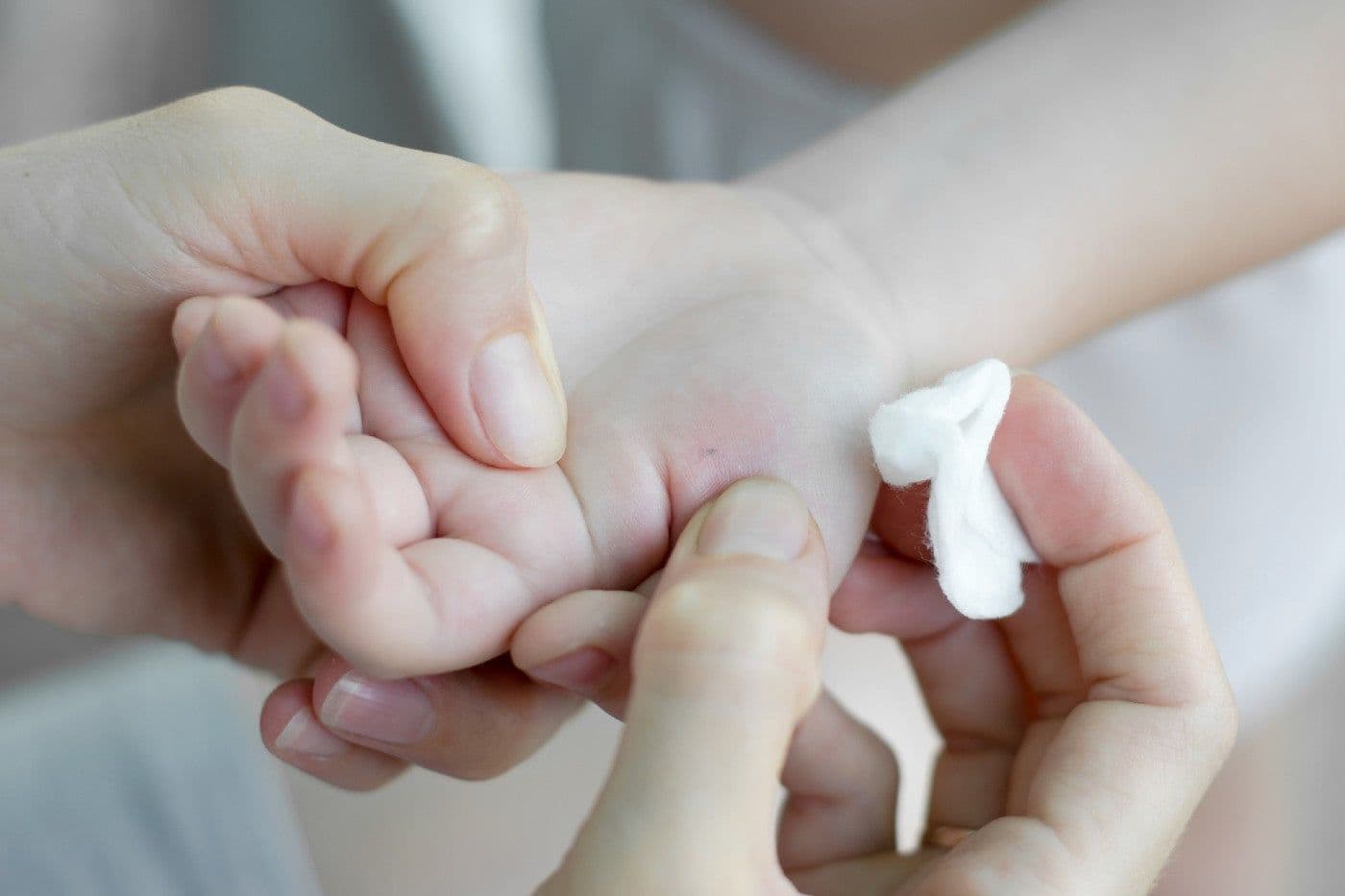TODDLER
How to Remove a Splinter
For little kids, pulling a splinter out, no matter how tiny, can be pretty scary business. Here is what you need to do.

Written by
Happiest Baby Staff

SHARE THIS ARTICLE
PARENT PICKS
Bestsellers
TODDLER

Written by
Happiest Baby Staff

SHARE THIS ARTICLE
Bestsellers
Splinters might not seem like a big deal, but just wait until your child runs barefoot on grandma’s old wooden deck or accidentally gets a handful of prickers and, well, here comes the hullabaloo!
For little kids, pulling a splinter out, no matter how tiny, can be pretty scary business. The good news? Tweezers are not always needed to get the job done. The key, of course, is knowing what to do because, while you might not think that a splinter can cause much harm, if certain types of splinters are left untreated, they can potentially lead to infections and warrant a trip to the doctor! Here, what you need to know.
Typically, splinters are merely an annoyance and nothing to be too worried about. However, some splinters do pose more of a risk than others. It is all about what the splinter is and where on your child's body it has landed. For example, a sliver from certain plants, such a cactus or rose thorns, and wood should be promptly removed since they are porous and, therefore, more likely to contain bacteria and other pathogens that can possibly cause infection. On the other hand, glass, metal, and plastic splinters do not typically lead to infections, notes a report from the journal American Family Physician. (Yes, you still need to take them out, but you have more time to get the job done.)
And if any type of splinter is near your child’s eye or under their nails, you likely require a medical professional’s help for removal. Same goes for slivers that have entered the skin vertically, since these can be especially difficult to excise at home.
One time-tested and simple way to remove a splinter, especially from a child who is afraid of tweezers, is to soak the affected area in warm water for a few minutes. (Since younger children already have soft skin, you do not need to soak any longer.) However, you should avoid this method if the sliver in question is wood, since water can cause swelling of the splinter making it more difficult to remove. Once you remove the splinter, remember to wash the area with warm water and soap. (Also, apply a thin smear of antibiotic ointment or petroleum jelly before applying an adhesive bandage.)
Sometimes your child’s splinter is still poking out of the skin just enough to use a pair of tweezers to grab the tip and gently pull out.
Stinging nettles, cactus spines, and teeny fiberglass spicules are all very fragile, making them difficult to take out with tweezers. Before trying to remove any of these tricky slivers, wash the affected area with soap and water (or sterilise with rubbing alcohol), then…
Cover the splinter with tape. Packaging tape, duct tape, or another super-sticky tape will do. The action of pulling the tape off can pull the splinter out, too.
Use wax hair remover: If the tape trick did not work, apply a layer of wax hair remover to the splinter, letting it air-dry for 5 minutes. Next, peel the wax off…along with the splinters. (If a few spicules remain, it is likely A-okay to leave them be. They will generally work themselves out with normal shedding of the skin, notes the AAP.)
After you get the splinter out, wash the area with soap and water, pat dry, and apply antibiotic ointment or petroleum jelly before bandaging the wound.
If you are unable to successfully remove your child’s splinter after about 10 or 15 minutes of trying, give your local urgent care or your child’s paediatrician a call. In addition, you should reach out to your healthcare provider right away if…
To help avoid future splinters, tell your child to avoid rubbing their hands over wooden surfaces, like picnic tables and to always wear shoes on wooden decks, boardwalks, and docks. And if you ever break glass, keep your child out of the room while you clean up and, when they return, make sure they are wearing slippers.
Disclaimer: The information on our site is NOT medical advice for any specific person or condition. It is only meant as general information. If you have any medical questions and concerns about your child or yourself, please contact your health provider. Breastmilk is the best source of nutrition for babies. It is important that, in preparation for and during breastfeeding, mothers eat a healthy, balanced diet. Combined breast- and bottle-feeding in the first weeks of life may reduce the supply of a mother's breastmilk and reversing the decision not to breastfeed is difficult. If you do decide to use infant formula, you should follow instructions carefully.